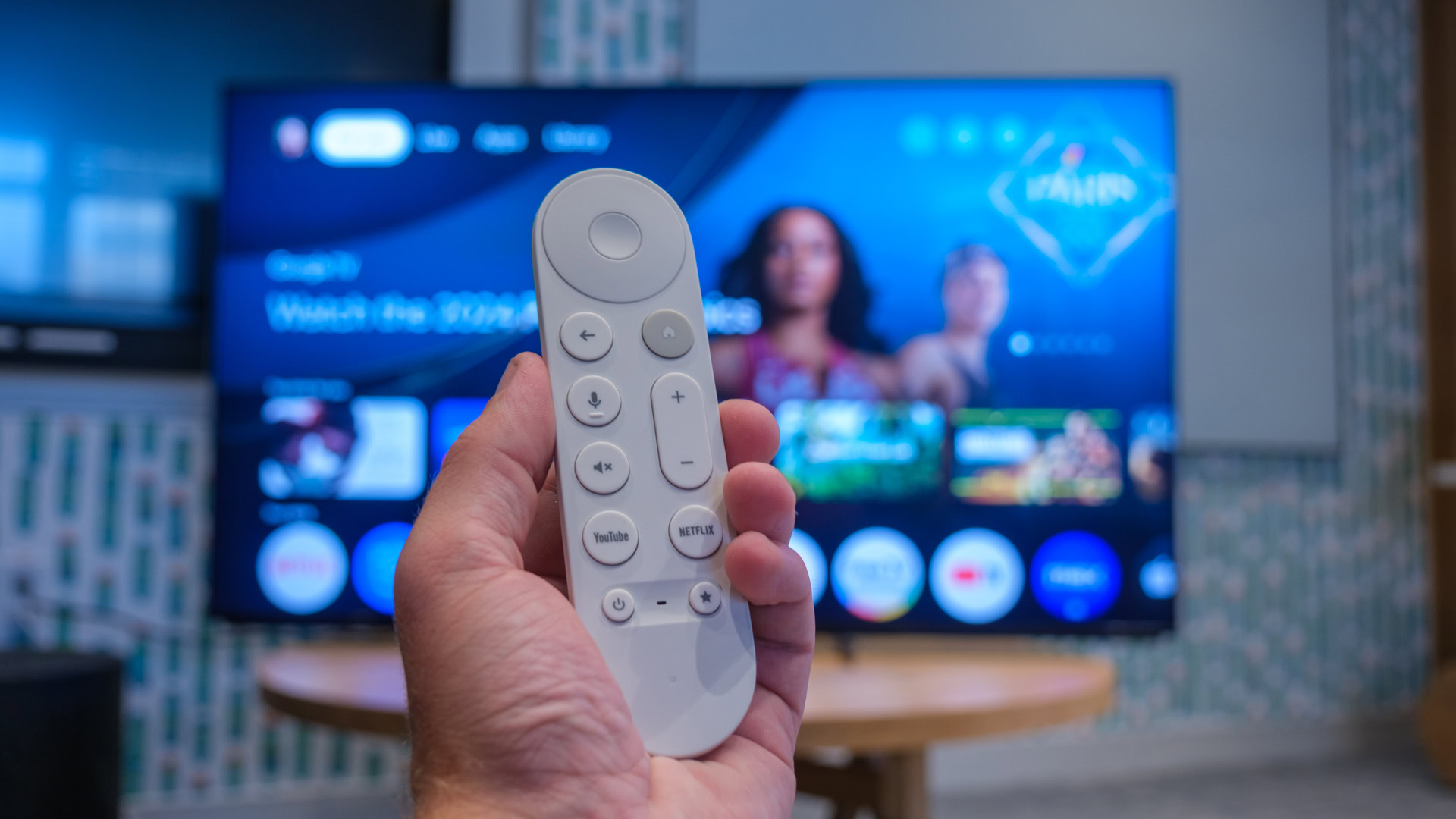EU stickers show how iPhones compare to other phones, Apple not happy with the test methodologies

Starting June 20, manufacturers are now required to sell their smartphones and tablets in the European Union (EU) with an energy efficiency label in the box. We don’t know about the boxes, but with the regulation in effect, Apple has started displaying this label on iPhone and iPad’s pages on its website in EU countries.
You can check the energy labels for the Apple iPhone 16 Pro and iPad Pro 11″ (M4) below.

iPhone 16 Pro’s energy efficiency label • iPad Pro 11″ (M4)’s energy efficiency label
The label shows prominently several pieces of information about the product, most notably including:
- The battery endurance by cycle in hours and minutes.
- Battery endurance in cycles (the number of cycles that the battery takes to get to 80% capacity).
- A free fall reliability class.
- A repairability class.
The labels are accompanied by a product information sheet that provides even more information, which may not have been readily available to consumers up until now, such as:
- Detailed device repairability information.
- Screen scratch resistance on the Mohs hardness scale.
- Minimum guaranteed availability of security updates.

iPhone 16 Pro’s product information sheet shared by Apple
Apple found certain aspects of the EU’s regulation and testing procedure to be “ambiguous” and, deciding to err on the side of caution, it downgraded the ratings of some of its products to avoid.
More importantly, they published an interesting 44-page report on their own testing methodology complete with analysis with everything they think is wrong with the current testing methodologies outlined by the EU regulation.
We dug in the document so you don’t have to and they seem to make some valid points. First, Apple finds that the energy efficiency rating scale for tablets puts more advanced and capable devices at a disadvantage because it does not account for display size, resolution, or display technology. As Apple says, “a 7-inch, low-resolution tablet primarily used for reading is graded on the same scale as a professionally oriented, 13-inch tablet with performance rivaling laptop computers. “
They were also not happy with “key ambiguities in the prescribed tumble and drop tests that make the results unpredictable and difficult to replicate”, such as the properties of the drop surface and the small sample size required (just 5 units). For instance, for its own internal tumble tests, Apple usually uses hundreds of units from the same manufacturer to increase confidence in the repeatability of the findings. And the standard engineering practice allegedly calls for “a minimum sample size of 30 devices.”
To confirm its doubts, Apple even commissioned the prescribed tumble tests to three third-party labs without specific guidance other than to follow the regulation. The labs’ individual results didn’t match Apple’s own results and differed widely from each other (by as many as three letter grades in one case).
Additionally, Apple reckons the proposed tumble test does not yield a random distribution of product orientations when impacting the drop surface, but rather gives “disproportionate weight to drops on
the corner of iPhone at a rate that exceeds what we see in the field.” As a result, Apple finds the test methods for drop resistance prescribed by the regulation are “simply inadequate” as a measure of drop resistance in real life.
If we believe Apple’s constructive criticism of the EU regulation, it seems that, for now, we should take the information on these labels with a pinch of salt.
Until these ambiguities in the testing methodology are resolved, when comparing devices by different manufacturers, it would be wisest to focus only on the Battery Endurance test, which, according to Apple, has the most unambiguous testing methodology of the bunch.
Apple iPhone 16 Pro
Source | Via
Source link







